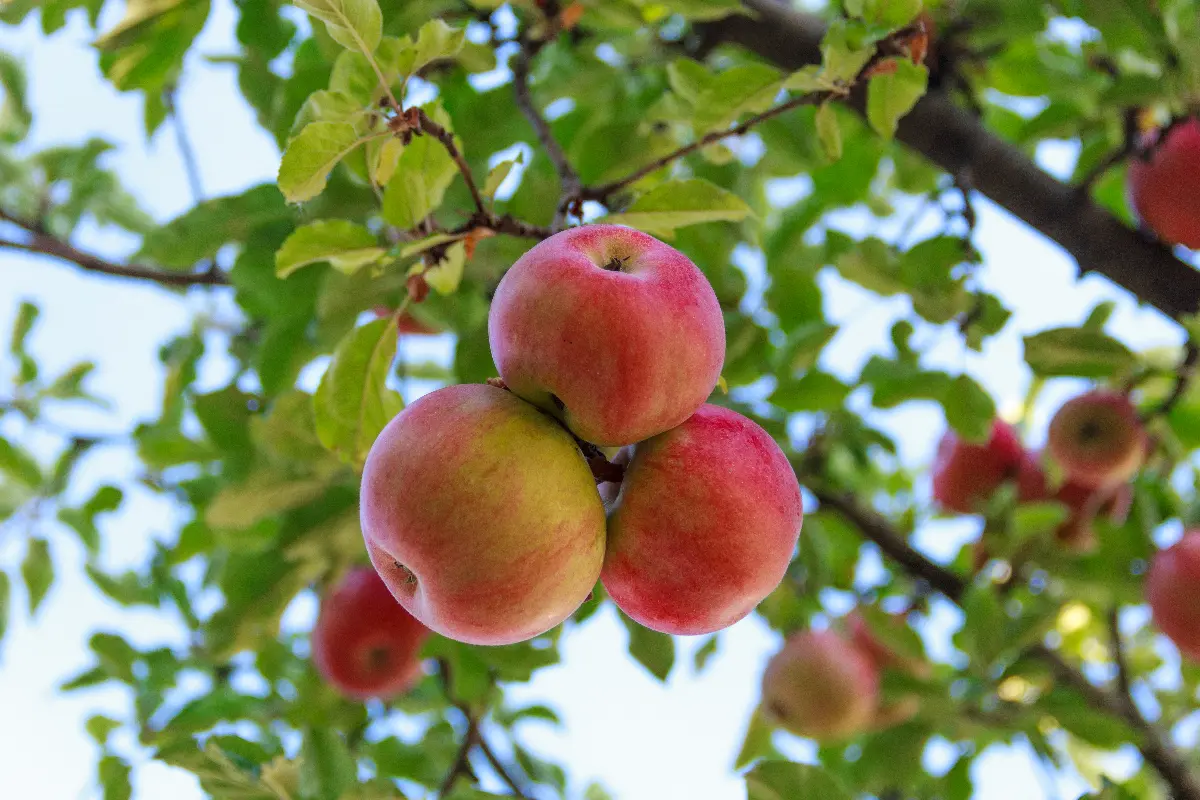
Helyszín címkék:
Ivan, John, fire and luck: The history and customs of Midsummer Night’s Eve (St. Ivan’s Night)
Uzonyi Nóra
People as far back as the 5th century attached great importance to this day, celebrating the triumph of light over darkness. The day itself used to be considered the start of astronomical summer (but calendar reforms have shifted the dates, so it is now officially 21 June, the summer solstice), and it is no coincidence that the night is known as “midsummer” in many cultures: in Anglo-Saxon culture, for example, it is known as “Midsummer Night’s Eve”. In Christian culture, St. Ivan’s night is associated with the birthday of St. John the Baptist (the name János in Hungarian is derived from the old name Jovános / Ivános.)
Fire, abundance and love: the (holy) trinity of St. Ivan’s Night
Even in the pagan world, the night of St. Ivan was considered to be of great importance. The most important custom was to light a fire, or some kind of fire-related ritual – the glow of the flames would undoubtedly ward off the darkness. The bonfires were danced around, but there were also places where people walked through the fields with burning tree branches in their hands, or rolled flaming wheels down the hill. They did this so that the land would also be cleared, giving them a bountiful harvest.
This was not the only fertility-enhancing effect attributed to fire: the flame was also believed to purify the body and soul, help preserve light and contribute to the Sun’s rebirth each year.

More Midsummer Night’s Eve folk traditions
In the village, fire was once believed to protect against evil. Evil could be anything: a witch, an insect, a rodent or even a disease, such as the plague. Of course, fire alone was not always enough: if they wanted to be sure, they also burned herbs and trusted that the fragrant smoke would protect the crops from being hailed as a bonus.
Cupid and Amor, of course, also played an important role on Midsummer Night’s Eve: girls and boys alike sang love songs and danced around the fire, and – to end the evening – scattered ashes on the ground, believing that this would improve the harvest. Sometimes, in that flickering light, love might have been consummated with a hug or a kiss...
The fire jumping, as it was known to many, was considered a luck-bringing act: the flames had to be jumped three times in order to gain favour with St. John Ivan. Lovers have mostly jumped through the fire together, hoping to seal their relationship.
We may find the custom of the Palóc girls amusing: they went out with the young men to the hemp field and laid down in the hemp. The one after whom the hemp “stood up”, i.e. returned to its upright state, was supposed to get married that same year.
And finally, here is a fruitful final chord: literally, because it was once believed that an apple thrown into a fire on Midsummer Night’s Eve had medicinal properties. If you can’t find anything you like among this year’s Midsummer Night’s Eve activities, you might want to roast an apple and eat it: you might just get the healing effect!





